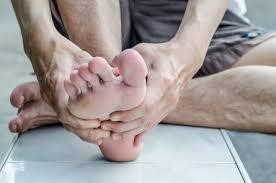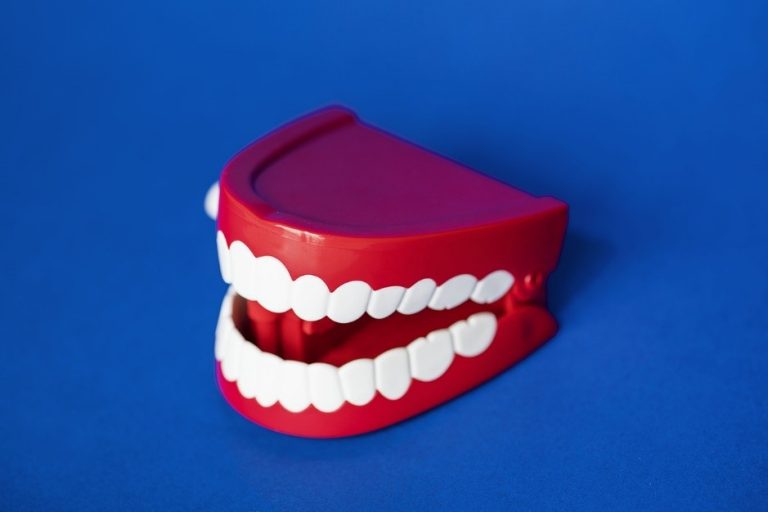How to Assemble Huffy Single Speed Cruiser Bike

Let’s assemble your huffy adult cruiser bike first. When you are going to repair your Huffy single-speed cruiser bike there is some tips and tricks you should need to know so let’s go start.
Tools You Need
let’s get the proper tools. You’ll need scissors, a number two Phillips screwdriver, a six-millimeter metric Allen wrench and a metric wrench set, or an adjustable wrench where the jaws open at least 9/16 of an inch.
Start Assembling
Open the box and carefully remove all the contents. Remove the packaging from all the major parts. Slide the front wheel straight out from the frame while ensuring the pedal crank does not interfere with the wheel spokes.
To attach the front fender first, remove the bolt near the fork crown by using the Phillips screwdriver and the wrench.
You know the Huffy bike is one of the best beach cruiser bikes.
Fork
Remove the fork and spacer between the fork mounts then with the fork and fender pointed forward place, the fender between the fork legs.
The short end of the fender goes toward the front of the. The top of the fork fits between the two tabs on the fender.
Insert the bolt through the front tab and the front of the fork hole and then through the rear tab, add the washer and nut, tighten the bolt while raising the fender to the upper part of the tab holes.
Brace
Now for the braces, remove the mounting bolt from each side, line up the fender braces with the fork mounting tab. Insert a mounting bolt into one brace and fork mounting tab and tighten securely repeat for the other side.
Front Wheel
Now to install the front wheel remove the axle nuts and wheel retainers from the front wheel axle on both sides.
Set the wheel into the front fork, use the kickstand to hold the bikes steady.
Then installed the wheel retainers on each side, making sure each tab is in the fork tab hole, install an axle nut and tighten the nut finger tight at this time. repeat for the other side.
Center the front wheel between the fork legs, adjust the position of the wheel so that the wheel does not touch or rub against the fork or fender.
Tighten the two-axle nuts securely. Make sure the wheel can rotate freely without rubbing the fork or fender.
Start to install the rear fender by removing the mounting bolts one on each side, line up the rear fender brace holes with the frame mounting tabs.
Insert one bolt into one fender brace hole and frame mounting tab with the brace fully extended and securely tightened repeat for the other.
With the screwdriver and wrench now tighten the top fender Mount while making sure the fender is centered over the tire.
Test to ensure the wheel spins freely without touching the frame or fender, loosen the stem bolt a few turns with the Allen wrench.
Next, remove the plastic cap from the end of the handlebar stem insert the stem into the fork lock nut to the desired height while ensuring the men in the mark are hidden.
Align the stem with the front tire and securely tighten the stem bolt. Adjust the handlebar so the grips point toward the seat by loosening the handlebar clamp nut and rotating the handlebar into a comfortable riding position.
Then securely tighten the handlebar clamp nut. Now test the handlebar stamp tightness by first straddling the front wheel between your legs.
Handlebar
Try to turn the front wheel by turning the handlebar. The handlebar and stem should not turn without turning the front wheel.
Now test the handlebar clamp tightness, hold the bike stationary and try to move the handlebar ends up and down. The handlebar should not move within the handlebar clamp.
Seat
Now to install the seat first, place it upside down, loosen both seat clamp nuts enough so you can insert the smaller end of the seat.
Rotate the seat posts with the seat post clamp to be vertical, then tighten both nuts, evenly and equally. So, the seat post will be secure within the C clamp.
The quick-release lever should be somewhat loose with the seat tube. Hand-tightened the adjusting, not as much as possible while holding the lever.
Still, next move the quick release lever to the fully open. Point the seat forward and insert the seat posts into the seat tube.
Make sure the main in line is not showing. Position the seat post at the desired height while aligning the seat to point along with the frame and close the quick release lever by hand.
If the seat post is still loose, open the lever while holding the adjusting nut, turn the lever clockwise a bit and then close it again.
Repeat this process until the clamp is secure. So, the seat post won’t move ensure the main in line is not shown and that the lever when closed lays against the C clamp.
Then loosen the seat clamp nuts just enough so you can rotate the seat for a comfortable riding position.
Securely tighten the bolts evenly and equally so that the seat will not move.
To test the tightness of the seat clamp and the post clamp try to turn the seat side and to move the front of the seat up and down.
In both cases, the seat should not move in the seat clamp and the seat posts should not move in the seat tube clamp.
Pedals
for the pedals, refer to the stickers or the engraved letters to identify the left and right pedals. Insert the left pedal into the left side of the crank arm and hand tighten counter-clockwise then finish tightening with your wrench.
Insert the right pedal into the right side of the crank arm and hand tightened clockwise, then finish tightening with your wrench.
Reflector
To install the front reflector rotated on the handlebar so it points straight forward. Then snugly tighten the clamp screw.
To install the seat post reflector if equipped, rotate it so it points back then snugly tighten the clamps screw.
Conclusion
If your bike is equipped with other options, like a handlebar basket, or bag bell, or cup holder, please consult the owner’s manual for that assembly.
Just make sure the tires are properly inflated and you’re ready to ride. You can visit OutdoorXsports to get more biking tips and tricks.











+ There are no comments
Add yours